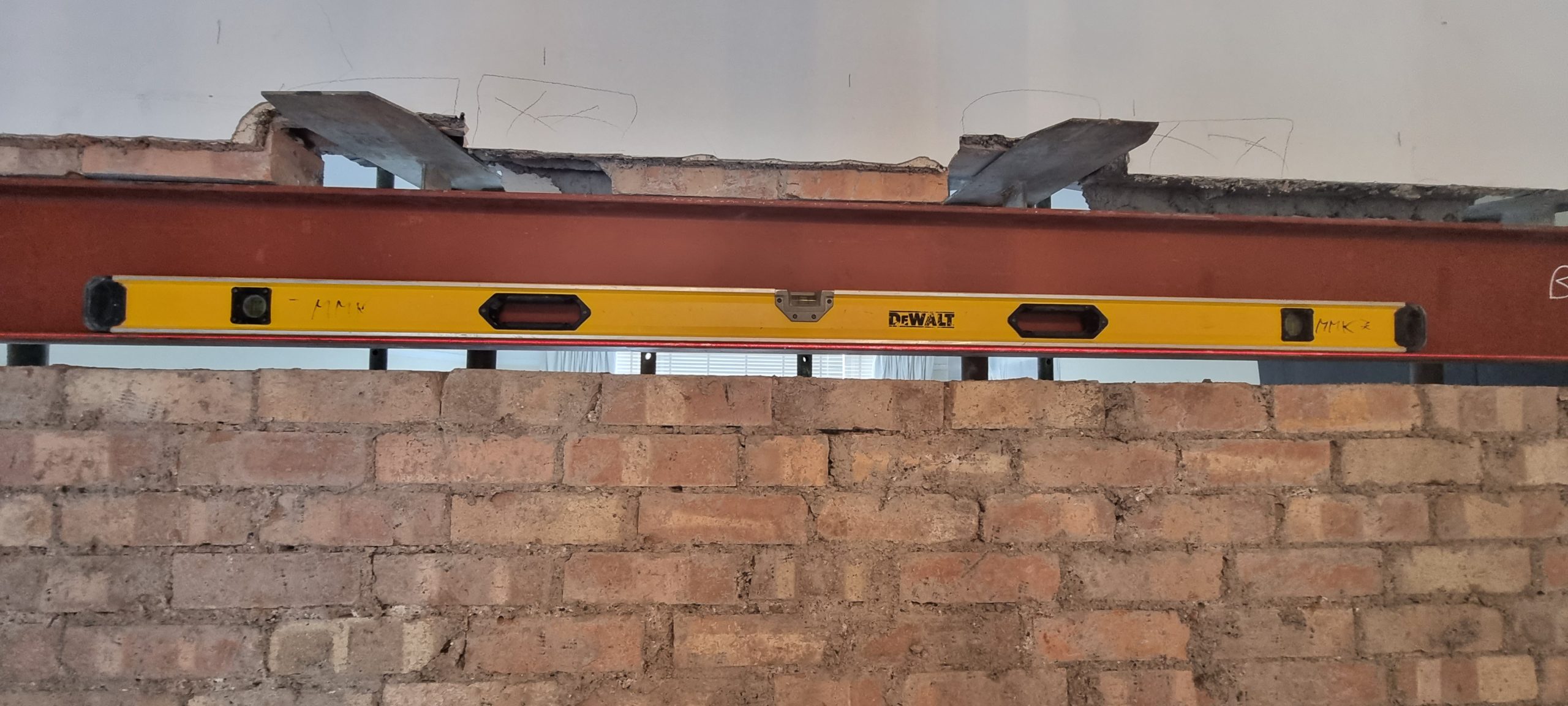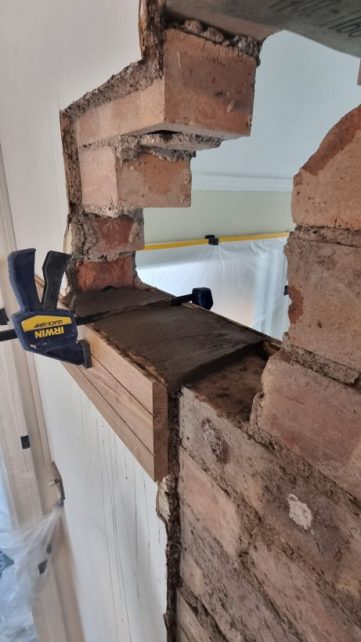Structural Considerations in Wall Removal
Understanding the structural implications of wall removal is paramount for a successful renovation.
This section provides in-depth insights into key considerations, ensuring a thorough understanding of load distribution, safe installation of support beams, and addressing potential complications.

LAST UPDATED: JUNE 26, 2024
Understanding Load Distribution in Structures:
1. Load-Bearing Points:
-
Identification: Delving further, identify specific load-bearing points within the structure.
-
Additional Insights:
-
Load-bearing points aren’t always immediately obvious; they can be determined by analysing the layout of the entire building.
-
Seek input from a structural engineer to precisely identify load-bearing walls and points.
-
2. Impact on Adjacent Structures:
-
Assessment: Perform a meticulous assessment of the potential impact on adjacent structures.
-
Additional Insights:
-
Changes in load distribution can trigger stress points in adjacent walls or floors.
-
Structural engineers use advanced tools like finite element analysis to predict and mitigate these impacts.
-
Installing Support Beams Safely:
1. Proper Sizing and Placement:
-
Engineering Analysis: Emphasise the importance of a thorough engineering analysis for sizing and placement.
-
Additional Insights:
-
Structural engineers consider factors such as the span of the beam, the load it will carry, and the type of materials used.
-
Proper placement is not just about where the beam is installed but also its connection to the existing structure.
-

2. Material Selection:
-
Structural Requirements: Expand on the significance of material selection based on structural requirements.

-
Additional Insights:
-
The choice between steel, wood, or engineered wood for support beams depends on factors like the span and load capacity.
-
Material selection plays a crucial role in the overall stability and longevity of the renovated structure.
-

Addressing Potential Complications in Wall Removal:
1. Hidden Utilities:
-
Pre-Demolition Inspection: Stress the importance of a meticulous pre-demolition inspection for hidden utilities.
-
Additional Insights:
-
In-depth inspection may involve advanced tools like ground-penetrating radar to locate utilities embedded in walls.
-
Collaboration with utility service providers ensures accurate information about the location of underground utilities.
-
2. Structural Unforeseen Challenges:
-
Professional Input: Highlight the need for ongoing professional input to anticipate and plan for unforeseen challenges.
-
Additional Insights:
-
Professionals may use non-destructive testing methods to assess the structural integrity of existing materials.
-
An experienced contractor can develop contingency plans based on a thorough understanding of potential complications.
-

